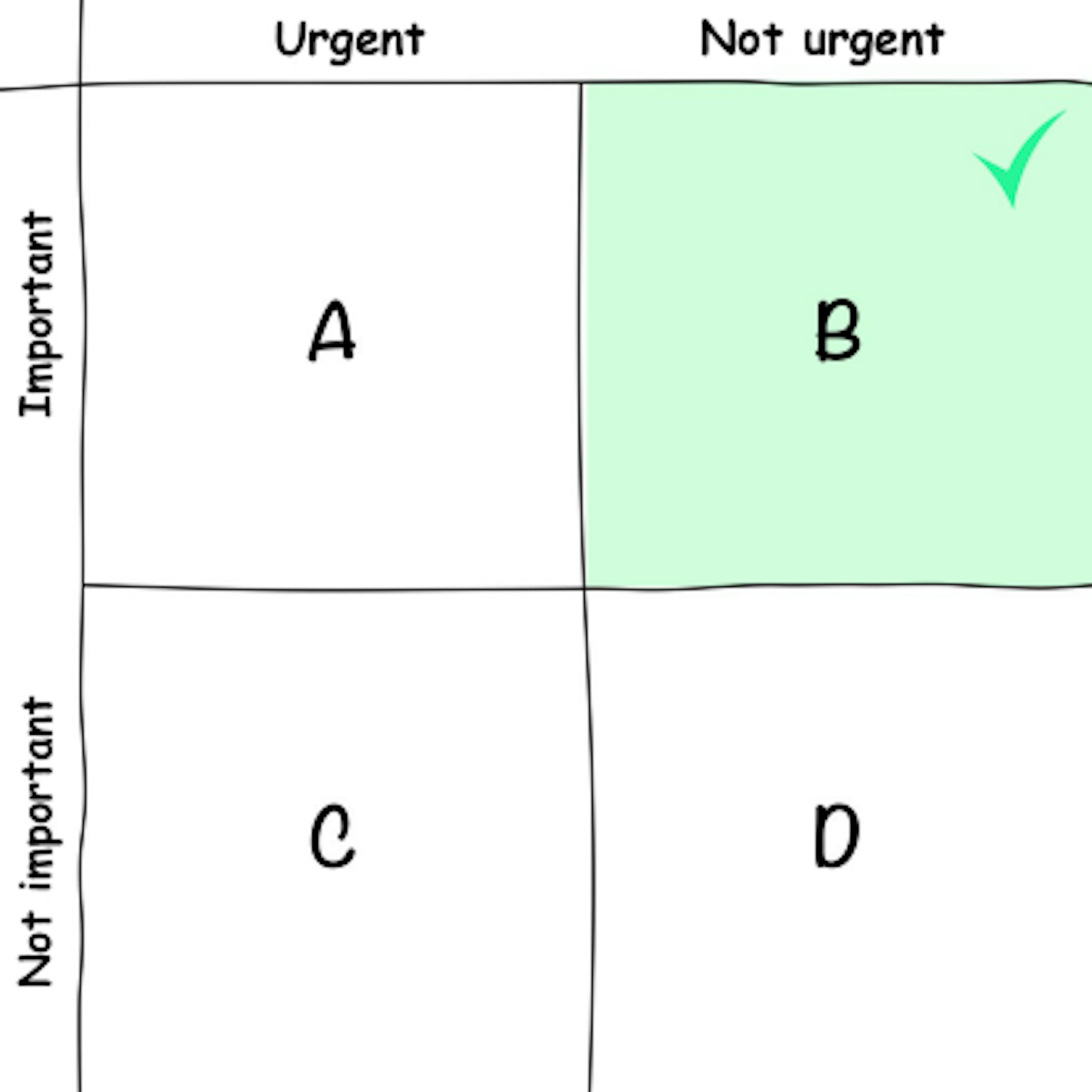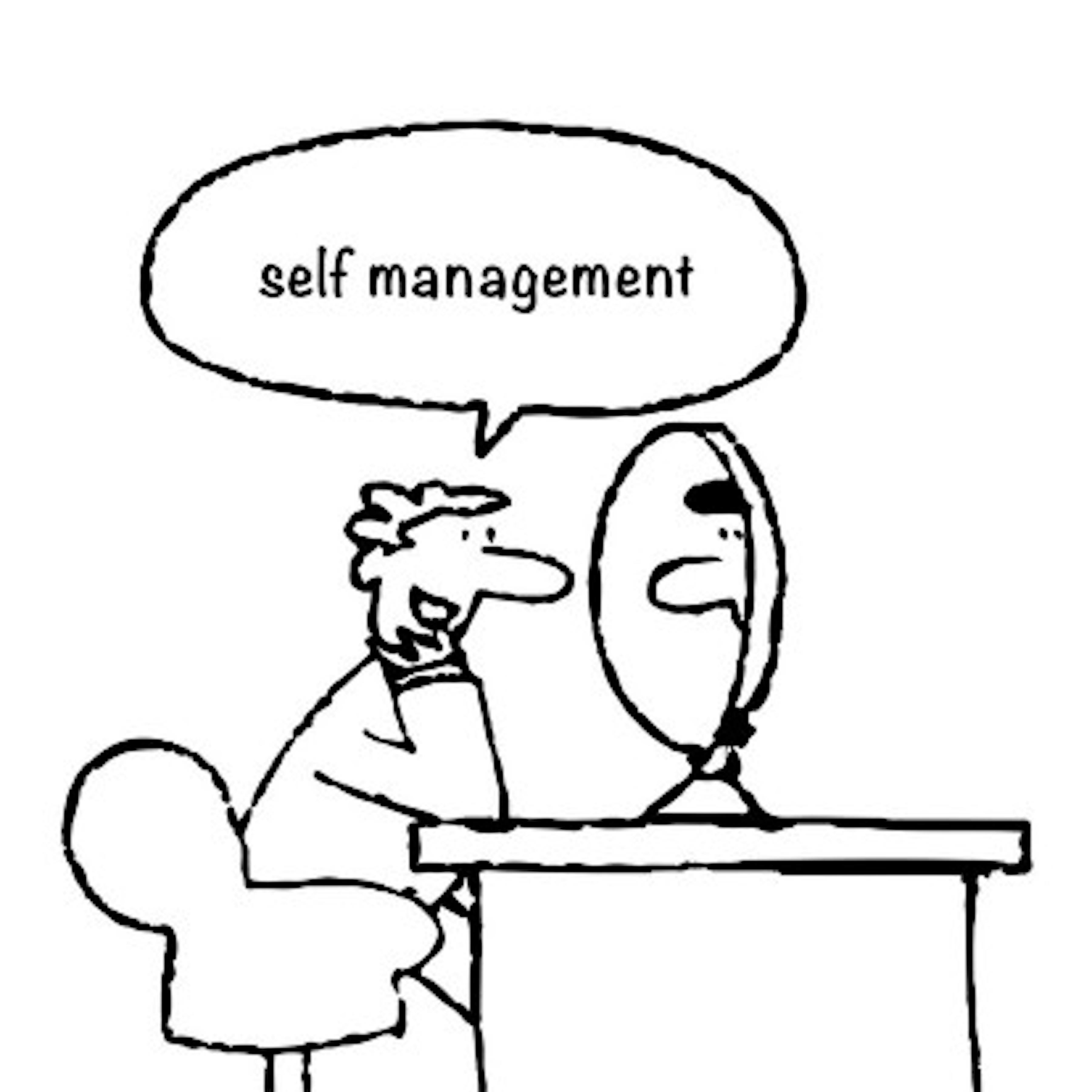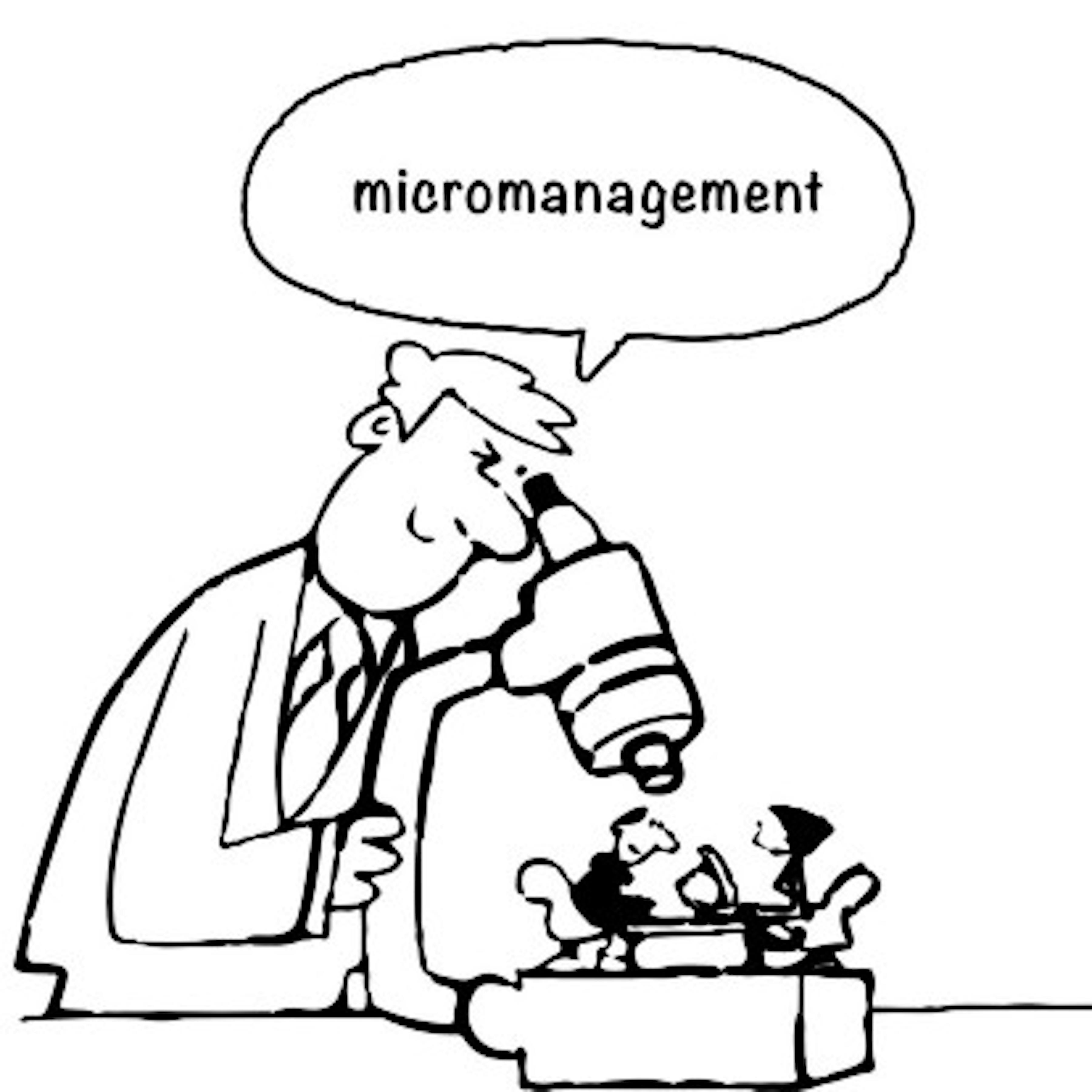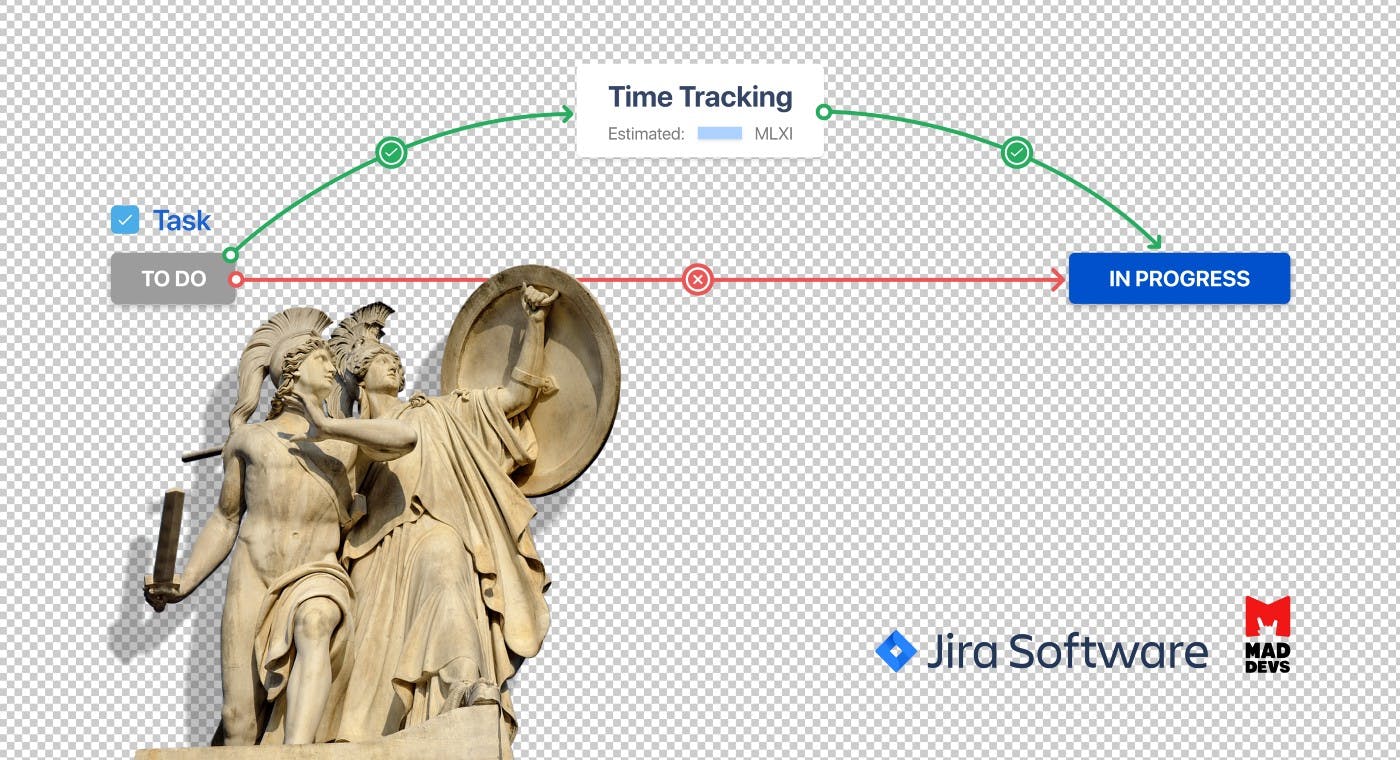Why does project management fail? In my previous article, I listed the pitfalls I faced in my career as a project manager. Some of them resembled "mild" illnesses like the flu, others had much in common with chronic diseases. The hard ones were icebergs with large parts of them hidden below the waterline. This time I want to discuss one of such issues, how to stay focused on what's important for your project.
This blog post will be of help to project managers with diverse backgrounds, team leads, and other decision-makers involved in project management.
Why is focus important for a project manager?
Once the focus is lost, you start wasting your time, no matter how productive your team is while going in the wrong direction. This is why I pay special attention to staying focused.
Your software developers may lose the focus because they concentrate on coding. Your customer who owns this project might be too busy with money-making. The manager has no right to lose the focus. It's the PM's job to keep everyone on the same page regarding the goal and deadlines making sure that all team members are aware of them. This sounds simple and logical. Why then losing the focus is such a common mistake? Why does it happen?
In the real world, we face various difficulties. Let me list those I have run into.
- People can interpret your words in a totally different way. Some team members may get you wrong even if you are telling them the right things.
- Frequent pivots in startups require teams to instantly react to new decisions and break the existing plans.
- Asynchronous communication in a distributed team is challenging. If you are all sitting in the same open space, it's much easier to keep everyone in the loop. Of course, you cannot skip synchronous communication by 100% — you still need some time to overlap at sync-up calls. However, you should also learn how to use modern tools to efficiently discuss things in the remotemode.
- Data smog is one of the global issues. We are distracted by the flow of incoming information constantly accumulating in the world. It is hard not to forget what problem we are going to solve with our product and why it makes sense.
David Shenk came up with the "data smog" concept back in 1997. In his book, he discusses how the constantly doubling information volumes make a positive impact on the progress of human civilization while affecting our productivity and emotions.
In my opinion, this term is applicable to today's project management.
Project management best practices: define a global strategy for your project
First, you need to define what is important for your project—what is its goal? Any business has a formula for calculation of the KPI to be achieved. The number of orders, monthly revenue, etc…
When you know what you are going to achieve, you need to understand the obstacles. Put down a list of your goals and problems that prevent you from your KPI task completion. For example, broken communication between the business owner and your tech team, broken delivery process, poor quality of the product, and the uninvolved customer.
What are the components forming the project strategy? They are Project Charter, Project OKR, Project Scope and Roadmap, etc. To make them clear and put down their definitions, you may take your stakeholders on a call or meeting, and discuss the following questions:
- Which problem are we going to address with our project? Who is our target audience? Does this problem really exist, or have we invented it? How are we going to prove our concept?
- How are we going to understand that we have achieved our goals? Which number of orders should we use? Or should we measure the minimal number of canceled orders? Do we have any reporting available for analysis? How often are we going to analyze our metrics? Do we want to do it weekly, monthly, or annually?
- If we are working on MVP, do we understand what it includes? What are the deadlines? What kind of team do we need to implement the product? Which function each of the team members performs? Is everyone aware of their role? Which processes and regulations are in place in our project?
- Do we understand our goal? What are the phases of the roadmap? Do we have clear priorities for what should be done first?
Project management best practices: the Eisenhower matrix
What is The Eisenhower matrix? (Or Urgent-Important matrix?) It is a technique helping you set priorities for things based on their importance.
The fact is that you are trying to complete all your daily tasks. However, it turned out that you don't need to complete ALL tasks to get results. It's enough to get important things done.
Just recall a situation when you create a bunch of to-do lists. They continue to grow day after day. And there isn't a thing crossed out from there. You never have enough time to get to the tasks listed there. How can we avoid this trap?
Divide a sheet of paper or your whiteboard into four sections.

Quadrant A. If you are great at planning, it should be empty or contain 1–2 tasks. If you fail to complete them, this will trigger critical issues or even prevent you from achieving your goals.
Quadrant B. Here you should keep your key tasks having high priority and helping you get results. You should focus on filling this quadrant.
Quadrant C. Distracting tasks. You can delegate them to other team members.
Quadrant D. Time Killers. These are pleasant but useless tasks having “Don’t do” status.
The way of building your to-do lists can also be changed for the improvement of your prioritization skills. The right way of organizing your to-do for the day might boost your productivity. Google things on this topic and find the right to-do template for yourself.
Project management best practices: self-discipline & self-management

If you are not good at time management, you won't be good at organizing people's work. Don't even try to organize anyone before you can stay organized yourself.
- Make writing daily standup your habit. List all your tasks planned for the day and specify the timing for each of them.
- Practice task estimation. There are so many tools and techniques for planning your day: Todolist, Google Calendar, or a simple notebook.
- Deliver things on time. Allocate extra resources for incoming requests that pop up during the day. There won't be a day without any disturbance from your team members or someone else.
Project management best practices: avoid micromanagement

How not to micromanage people? The PM's key task is helping the team set the right priorities for themselves, remind people of what they should do first, and accept their work. So it's vital for a PM to be able to overview all tasks in progress at every moment on time. This is why a PM needs to automate the work process for the entire team. How to do this? Have all the necessary dashboards configured. Get reports & notifications related to your team's productivity in your inbox. Analyze your routine tasks. Almost all of them can easily be automated with various PM tools, their integrations with other services, plugins, and add-ons.
- If you are using JIRA, enable the automated sprint reports feature. Use JIRA Portfolio to plan and monitor your releases. Monitor the deployments in CI/CD and check APM.
- Many teams decide to create custom solutions for tracking their productivity. We develop our own platfrom Enji.ai.
As soon as you get your hands free from the routine tasks, you will be able to concentrate on the most important things. However, you cannot completely get rid of the routine stuff.
This list is very general. Some parts and pieces of it can be a good fit for some of your projects and teams. Others might find it less helpful.
Does any all-in-one treatment for staying focused on what's important really exist? Is there a magic pill that can kill all pains in project management?
The truth is that there is no silver bullet. However, there's good advice on how to achieve your goals. You can take it from J. Hank Rainwater's book entitled "Herding Cats: A Primer for Programmers Who Lead Programmers," let me quote it for you:
Work to preserve your passion—it is the only way you can grow, adapt, overcome, and succeed. It is the part of nourishing the tree from which the flowers of success bloom.










